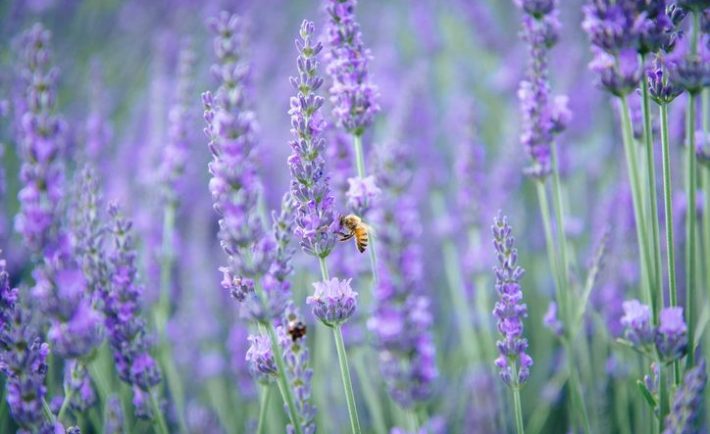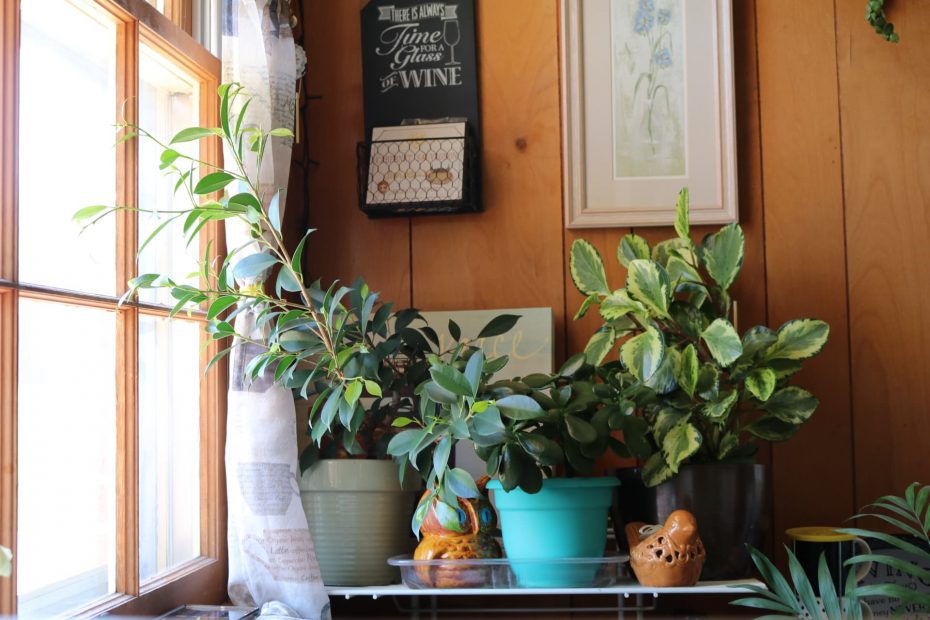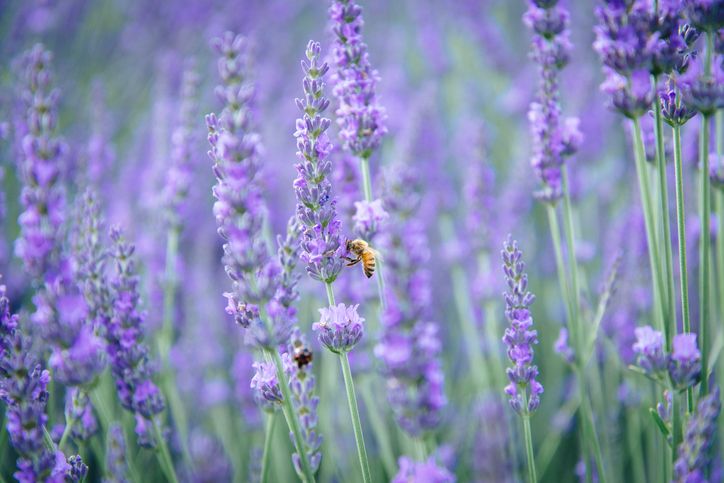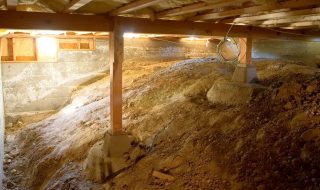
Gardening is one of the most useful hobbies a person can have. A garden can provide fresh produce, aromatherapy, mental health benefits, and increase your property value.
However, gardening requires quite a bit of time, money, energy, and knowledge, and if you select the wrong plants, your resources may be wasted.
Keep reading for information on how to choose the right plants for your garden.
Choose Plants According to Your Hardiness Zone

A hardiness zone is a geographically defined area based on the average low temperature in winter.
The hardiness zone helps gardeners determine which plants they should grow according to how likely they are to thrive in that area. Because some plants are sensitive to cold and others to hot temperatures, they are not likely to survive or do well in the wrong geographical area.
Most seed packets have zoning information on the back, which gardeners can use to determine when each seed should be sown.
Keep Sun Exposure In Mind
Different plants require different levels of sunlight, which makes garden location important.
If your garden will be in a spot that receives full sunlight, you may want to select plants that need a lot of light. Alternatively, if your garden will be placed in a location that is shaded by trees or structures, you should select plants that need shade.
Sun exposure requirements are another bit of information that can be found on the back of seed packets.
Annuals vs Perennials vs Biennials
Plants have different life spans, which should be taken into consideration when selecting your plants.
There are three plant types; annuals, perennials, and biennials.
Annuals have a lifespan of one year and do not return after the growing season.
Perennials have a lifespan of multiple seasons. These plants will wither away during the winter, but their roots remain, allowing them to resprout each year.
Biennials live for two growing seasons. During the first year, these plants start small and will mature during the next season then die.
Consider Time to Maturity
Are you growing a vegetable garden because you would like a food source or a flower garden for its visual benefits and aroma?
Some plants grow to their full maturity within a few months, while others take years. If you would like to have access to mature plants for most of the season, you must keep growth speed in mind.
For same-season maturity, it is best to plant sprouted vegetables or flowers that are already mature.
Best Plants for Indoors

Indoor gardens are becoming quite popular since they allow your plants the opportunity to thrive year-round.
With the correct indoor garden setup, you can virtually grow any plant you would like. Marijuana, tomatoes, peppers, foliage, and fruit trees are the most common indoor plants.
Indoor gardens may require artificial lighting for plants (often called cannabis lights) which you can learn more about at Veriheal.com.
If you choose to grow indoors, you may want to take advantage of the opportunity by growing exotic plants that are not typically found in your area.
Insect Repelling Plants
Regardless of location, pests pose a major risk to your garden which is why insect-repelling plants are a great addition to your yard.
The most effective insect repellents are mint, basil, lemongrass, lemon thyme, rosemary, and catnip. These plants in particular are good options because they offer more than just a bug barrier and can be harvested for use in the kitchen.
Consider Plants That Attract Pollinators

Pollinators, such as butterflies, bees, and moths, are essential to the health of our ecosystem. Roughly %75-95 of all flowering plants need additional help with pollination and rely on these insects.
Growing plants that attract pollinators will ensure your garden thrives. The best plants for pollinators are geraniums, azaleas, bee balm, blueberries, daisies, fennel, and hydrangeas.
Pay Attention To Plant Size
Plant size is another thing to take into consideration when selecting plants for your garden.
Some plants grow to be multiple feet tall while others mature at only a few inches. Plant size matters because it determines how close you can plant items to each other.
Depending on the plant, the root system may require a lot of space underground, and if it’s too close to another plant, it will steal its nutrients.
Another thing to keep in mind is whether or not a plant will grow tall over another, blocking the sun.
Conclusion
A good garden is curated based on the needs of the grower and geographical location, which means that the perfect garden will look different for every person and every yard. However, plants that attract pollinators and ones that repel pests are always great additions.
When starting your garden, select plants that thrive in your hardiness zone, have enough space in the yard, and will mature according to your needs.




